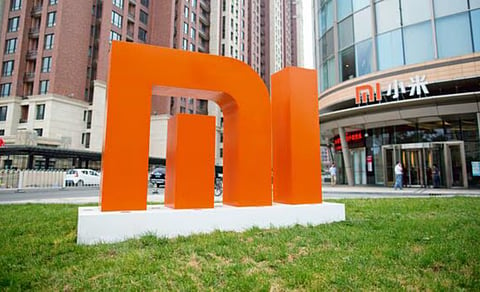

Smartphone maker Xiaomi is expected to bring several generative AI user applications to its smartphones in India by the end of this fiscal year, according to three people who are knowledgeable about the matter.
This could begin with Xiaomi’s upper- and mid-range smartphones priced at around ₹40,000. and may help democratise generative AI features, which have so far largely remained reserved for premium smartphones.
The move follows the launch of the Xiaomi 14T smartphone in Europe last month. The 14T has Google’s Gemini suite of generative artificial intelligence features, including Google’s ‘Circle to Search’ and AI photo editor.
The launch will bring Xiaomi up to speed with fellow smartphone brands such as Apple, Oppo, Samsung, and Google itself in terms of generative AI features. While an exact timeline for the rollout could not be ascertained, two of the three people cited above said that an India rollout of generative AI features across Xiaomi’s lineup could coincide with next year’s Mobile World Congress event in Barcelona.
“Generative AI still does not have a hook in terms of compelling users to pay extra for it. However, a brand like Xiaomi, which led the Indian smartphone market for five years—and continues to be a big part of it even now, cannot afford to fall behind the curve. Introduction of generative AI features in Xiaomi phones may also have been expedited by Oppo’s announcement of across-the-board generative AI features being added to all of its smartphones,” said a senior industry consultant.
As of the June quarter of this year, Xiaomi was the second biggest smartphone brand in India by volume, accounting for over 47 lakh (13.5%) of all smartphones sold in India. The company led the smartphone market in India for five straight years between 2018 and 2022. This makes its imminent generative AI rollout an important one for the industry, since it may set the ball rolling for other brands to approach this feature.
A second industry consultant, who is among the three cited above, added that Xiaomi’s marketing efforts for the generative AI features will soon be ramped up to gauge market demand “see up to how much are users willing to pay for AI as a key feature.”
“Xiaomi has used AI as a marketing vehicle across its smartphone range for a while. Within AI, it is as yet unclear if generative AI will make a big difference. But, given the prevalence of generative AI today, the brand can’t afford to ignore it—and, the effective way of doing it is by reducing the price point at which such features are available,” the second consultant said.
At present, generative AI’s entry point in smartphones is high, averaging around ₹70,000. Oppo is planning to introduce “over 100 generative AI features” in phones across price ranges by the end of this year.
The introduction of these features at varying price points could be one way for brands to market this feature as a useful one to consumers. Earlier this month, Mint reported that smartphone makers were struggling to convince consumers that generative AI features were worth paying a premium for. This may lead to a tangible change in market strategy, wherein basic generative AI features may come to smartphones of all price ranges. More advanced features, such as the ability to erase or add objects from photographs, may get a ‘freemium’ model.
Navkendar Singh of the market research firm IDC India, said, “Generative AI is not a compelling hook for those looking to buy a smartphone. For them, in the long run, certain base features may be integrated into a smartphone’s interface for a better usage experience. Advanced features are sure to see users paying in some form—either ad-supported or through a direct subscription fee, for companies to recover some of the cost of partnerships or engineering that they incur.”
(By arrangement with livemint.com)